Ceramic pans are beautiful and highly practical. I like the fantastic taste of meals prepared in these non-stick pans and have a few in my home. The excellent thing is that you will rarely face burnt spots when using this cookware.
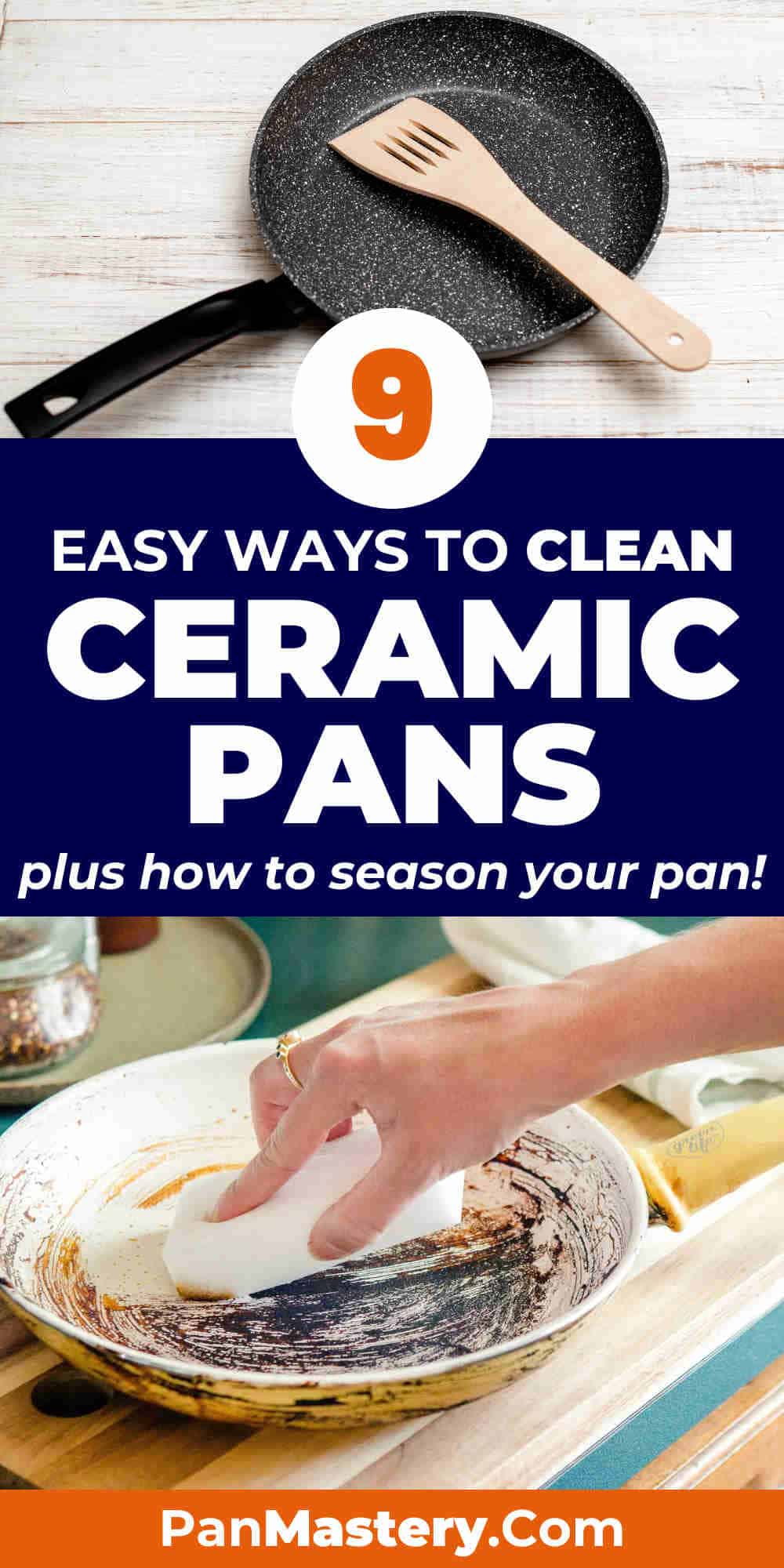
However, it is possible to spot some stains on their surfaces, and the best thing to do is remove them right away. In most cases, the reasons are inadequate temperatures, scratches, and avoiding adding some oil before baking. When something like that happens, you should look for the best ways to clean ceramic pan. Let’s see.
Cleaning Ceramic Pans By Hand
Many manufacturers claim that their ceramic pans are dishwasher safe. However, to prolong the life of your cookware, it might be better to clean them by hand. So, it is better to clean it by hand if possible. That way, you will have full control of cleaning.
There are a few possibilities to do the job successfully. Very often, you will be able to clean your pan with hot water and a sponge. If you have to deal with stubborn stains, you will need to use dish soap or an abrasive agent.
In any case, you should clean all narrow areas and existing crevices to prevent food debris from accumulating. Always entirely dry your pan with a cloth or paper towel, and then repeat the procedure if needed.
Warnings
Let it cool
When you face a nightmare called burnt ceramic pan, you should apply drastic measures. Although you would prefer to take action immediately in such a situation, it is better to wait for your pan to cool. Ceramic pans can tolerate high temperatures well, but for safety reasons, it’s better to let it cool first before cleaning.
Be gentle
Avoid using metal pads, abrasive nylon, steel wool, as well as abrasive cleaners on your ceramic pan. That is necessary to avoid lessening the quality of the finish and damaging and scratching the surface layer.
Also, always rinse your cookware thoroughly and use soft cloths and paper towels to dry it afterward.
9 Best Ways to Clean Ceramic Pan
When you choose to use the ceramic pan, you should deep clean it periodically. That will help in removing the stains and keeping your cookware beautiful for a long time.
You will also need to use some abrasive agents to wash burnt food from your pan when needed. Let’s take a closer look at your best options.
1. Hot water
Unlike non-stick pans coated with Teflon, which may contain PFOA and PTFE, ceramic cookware doesn’t contain these compounds, making them a healthier choice for cooking. That has two benefits. This cookware is entirely safe for your health, and you can clean it effortlessly.
In most cases, you can wash it with water without using any chemicals. The procedure is not complicated at all. Soak your pan in hot water as soon as you notice stains you can’t wipe away during regular cleaning. After half an hour, baked-on food will probably loosen, and you can remove it with a sponge without any fear of damaging the pan.
Avoid using steel wool and nylon scrubbers since they may scratch the ceramic surface. In case that a soft sponge is not enough, you can try to remove residues with a plastic spatula or apply some other cleaning agent.
2. Soap and warm water
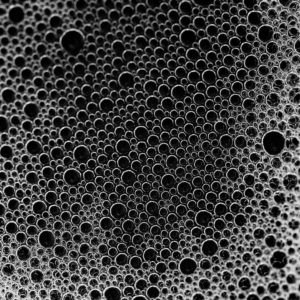
If you notice some stubborn stains on the ceramic surface, hot water will probably not be enough to remove them. In such a case, you should add a few drops of liquid soap in your pan and then pour hot water.
Let it sit for approximately 30 minutes, and then clean loosen reminds with a dishcloth or sponge. Rinse the pan with clean water and dry it with a soft towel.
Another possibility is to fill your ceramic pan with hot water, add a few drops of dish detergent, and bring it to boil. Let it simmer for about 15 minutes until food residues loosen. After cooling the liquid for an additional 15 to 20 minutes, you should clean the pan with a soft sponge and dry it thoroughly.
3. Salt
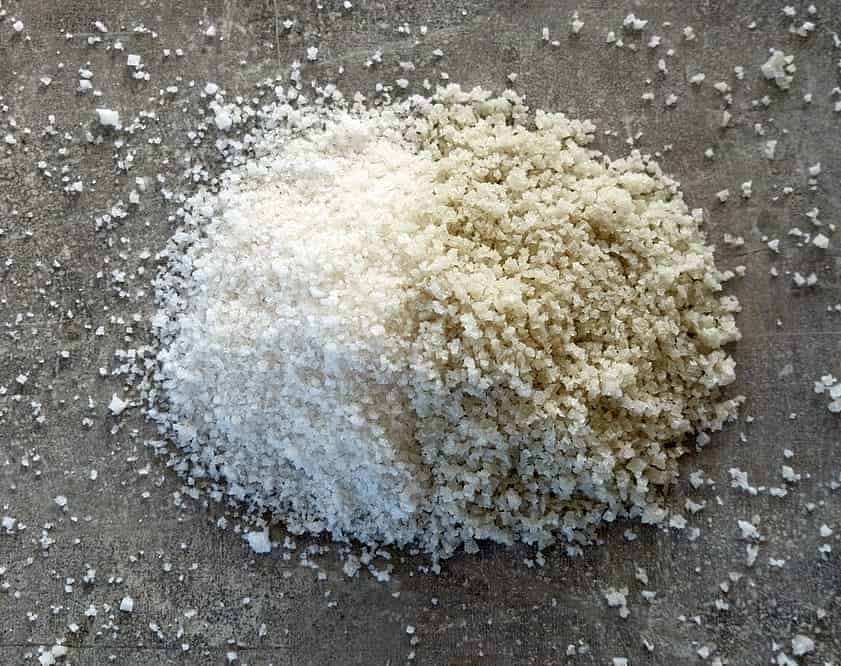
When you have a problem with a burnt ceramic pan, one of the best cleaning solutions is salt. Pour a cup of warm water in your cookware and add a handful of salt.
Let it rest for at least 20 to 30 minutes and finish the cleaning with a few drops of detergent and a soft sponge. If you need to deal with persistent stains, you can boil the water and clean the pan after it entirely cools.
4. Hydrogen peroxide
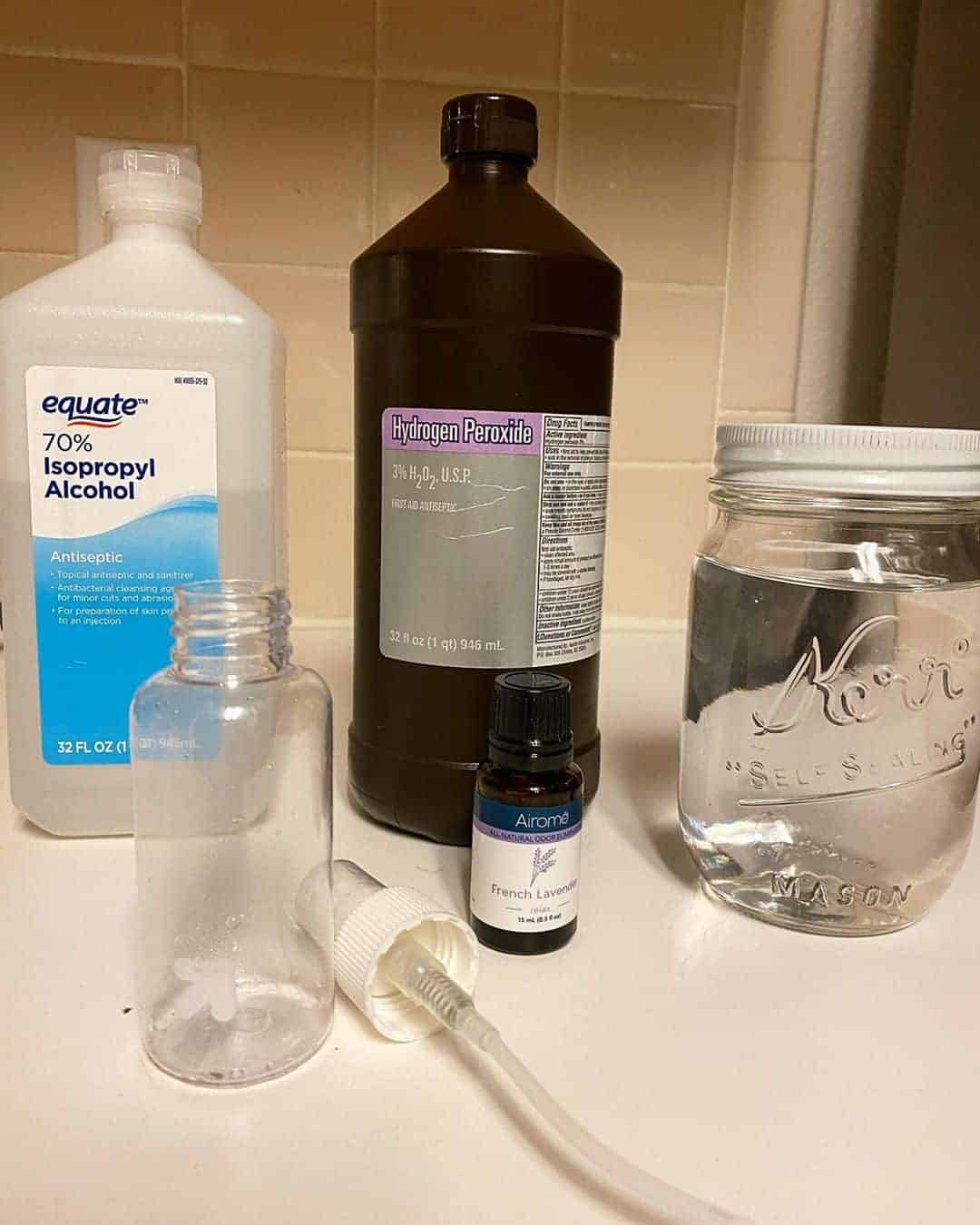
One of the best ways to keep your cast iron pan, ceramic cookware, and carbon steel pan clean is to use 3% hydrogen peroxide. It will create foam as soon as it comes in direct contact with the burnt food, and help you clean all the residues effortlessly. This chemical is also highly effective in removing discolorations from the surface coating.
Pour 1 ounce (29.5 ml) of hydrogen peroxide into the pan and add water. The mix will produce bubbles except in a case when the expiration date of your chemical has passed.
If you see bubbles, let the solution rest until all organic elements break down. Otherwise, you will need an old toothbrush to scrub the remains from the affected area. Never use steel wool or a hard-plastic brush for this purpose to avoid damaging the ceramic surface.
5. Baking soda
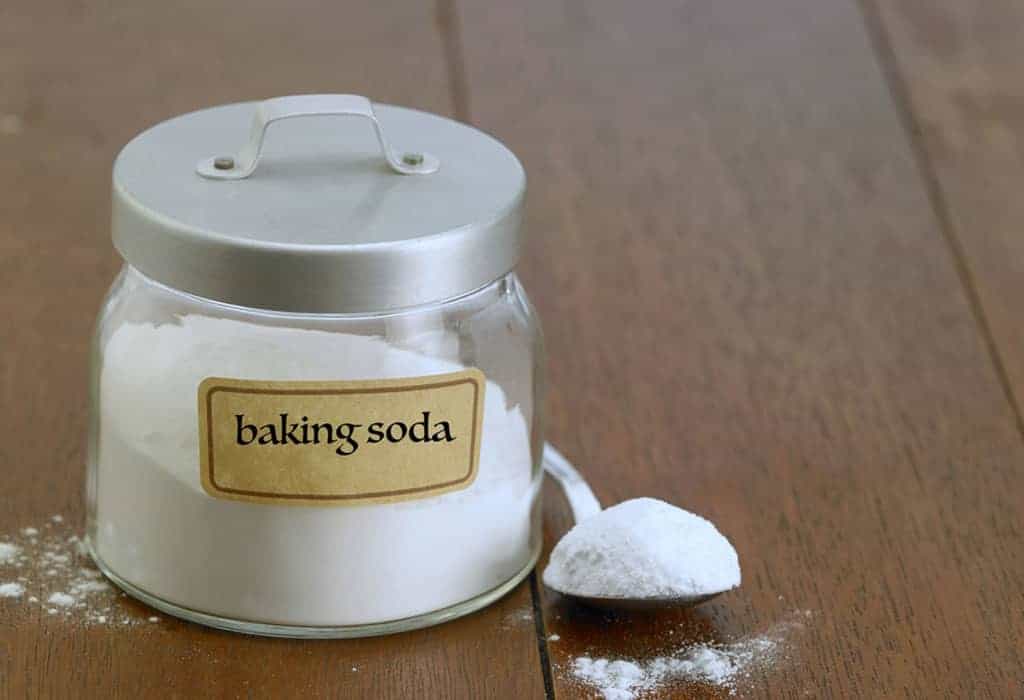
Believe it or not, you can clean your ceramic pan with only two tablespoons of baking soda, even though it is super dirty or burnt. Pour warm water into the dish, add baking soda, and bring it to boil.
Stir the mix with a wooden spoon for two to three minutes, and then let it cool down. Wash the pan with dish detergent, rinse it thoroughly, and dry with a cloth or paper towel.
If the pan is not dirty too much, you can sprinkle dry baking soda over the surface and clean the leftovers with a damp sponge.
6. White vinegar

It is not too complicated to make an excellent homemade cleaner to clean your ceramic pan. Mix four cups of water with a cup of white vinegar, pour it into the cookware, and heat until it starts boiling.
Let it simmer for approximately five minutes, and then let it cool. Use a wooden spoon to scrape the residues if necessary. Then, rinse the pan and dry it with a paper towel before you put it off.
7. Distilled vinegar and baking soda
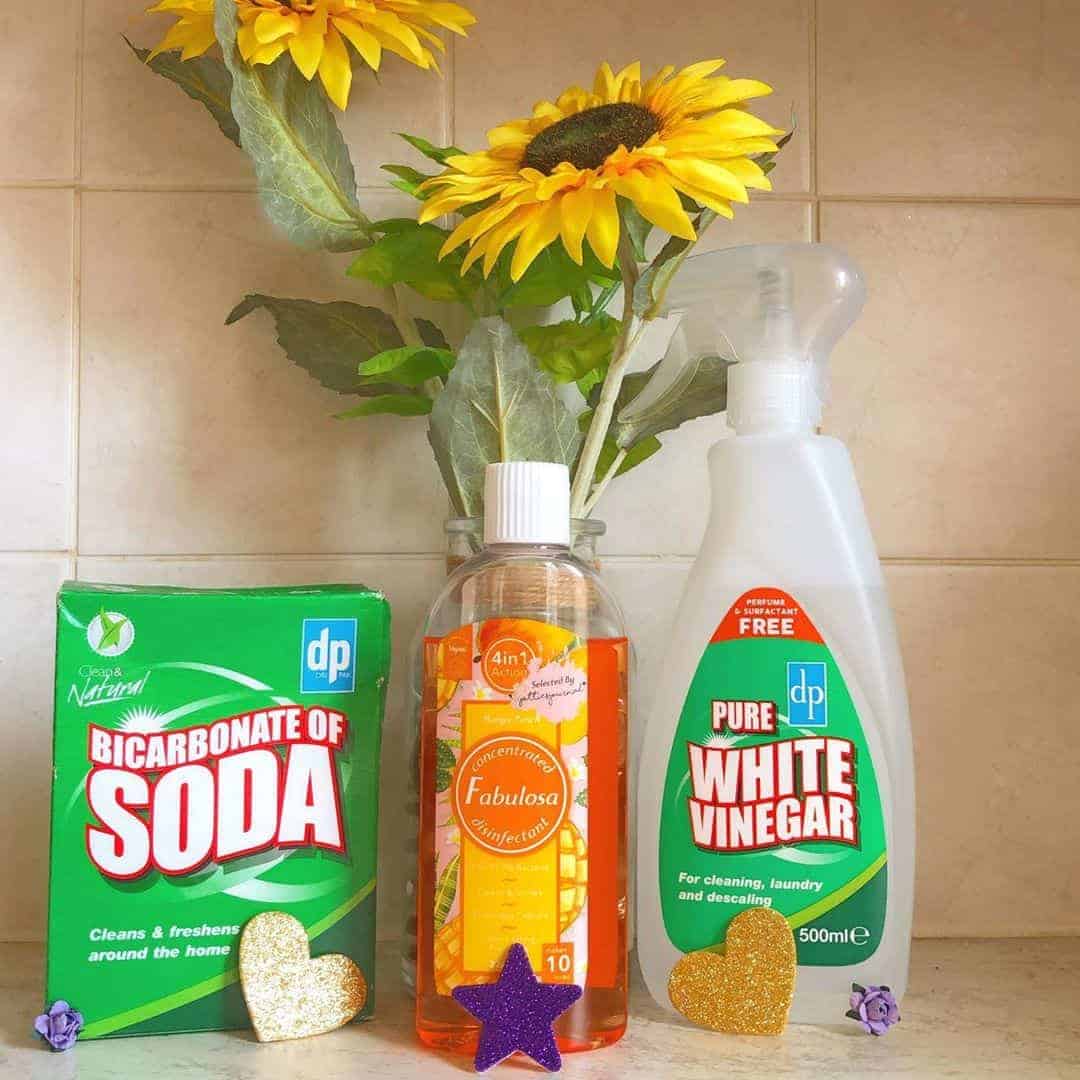
A better option for cleaning both the ceramic and cast iron pan is distilled vinegar instead of a regular one. Combine one-fourth cup of vinegar with the same amount of water, and add two tbsp of baking soda.
Pour the solution into the dirty pan and let it simmer for 15 minutes until acid breaks down organic material. After cooling it, clean the affected area with a wooden spoon, rinse it thoroughly, and dry with a cloth or paper towel.
Another option is to pour water in your ceramic pan after removing as much food leftovers as possible. Add two tbsp of baking soda and at least three cups of vinegar until start fizzing.
Put your dish in the oven at 325 F (163 C) for approximately 15 minutes. After it becomes cold, clean the residues with a sponge, rinse the pan, and wipe it with a soft dishcloth.
8. Enzymes and acidic solutions
Using enzymes is an excellent way to clean your ceramic pan since they destroy burned food stains. You can find many cleaners with enzymes on the market, such as Shout Trigger.
It will be enough to spray this agent over the stained area and clean it with dish soap after a few minutes. Rinse the pan thoroughly and dry well with a soft cloth if there is no need to repeat the treatment.
When you have a problem with particularly stubborn stains, you can buy OTC acidic solution. The procedure of cleaning is the same, and you will be satisfied with a result.
Keep in mind that both solutions are fantastic, but you should avoid using them too often to prevent damaging the pan surface.
9. Dryer sheets
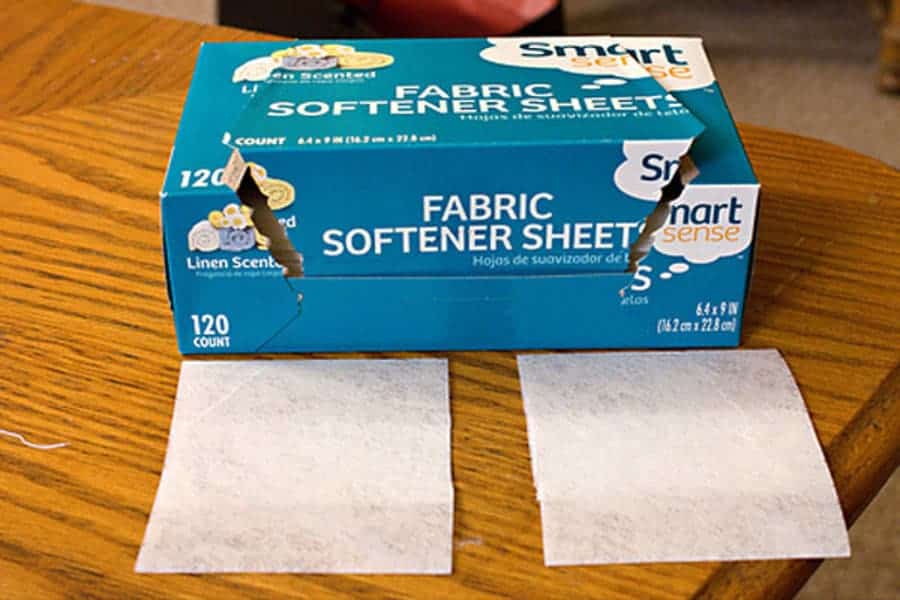
Using dryer sheets to clean stubborn stains from ceramic pans is a popular method. Place one dryer sheet at the pan bottom and pour hot water over it. You don’t need to do anything except wait for a few hours. It is recommended to let it sit overnight and rinse and dry the pan after that.
Seasoning Ceramic Pan
While ceramic pans don’t typically require seasoning like cast iron or carbon steel pans, if you notice your pan is not performing as it once did, you might consider revitalizing it by seasoning it. Without this procedure, the surface layer may deteriorate and lose its primary function.
The method includes adding canola or vegetable oil to the pan. Spread it with a paper towel all over the surface. Then, put it on the stove hob at medium heat for two minutes. After cooling, remove the oil residue with a soft cloth or a paper towel.
Pin Now, Revisit Anytime!


Michael Johnson is the founder of Pan Mastery, Inspired by his blacksmith grandfather’s legacy has a deep appreciation for hand-crafted pots and pans, he provides invaluable guides, reviews, and recipes to enhance your culinary journey.


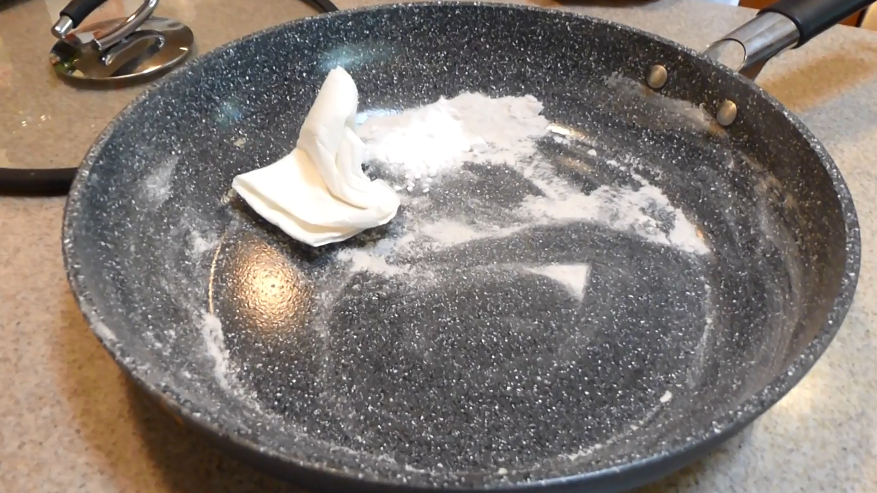
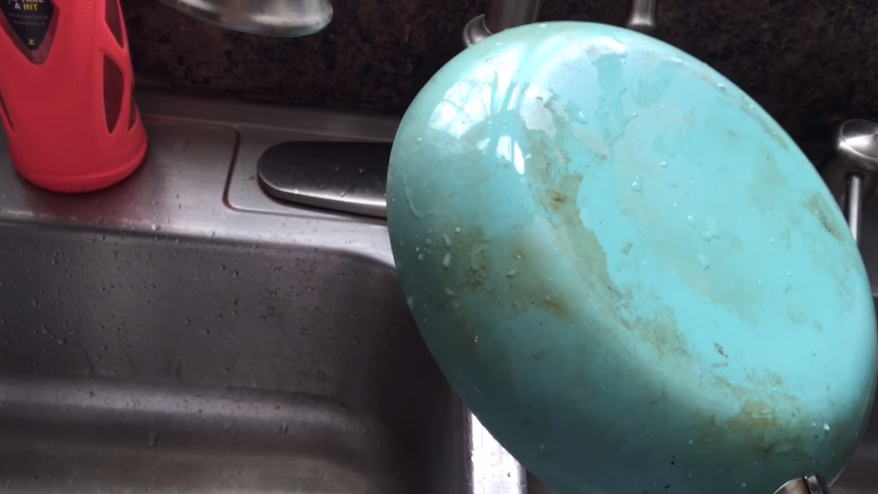
Very good article. I’m facing many of these issues as well..
Madness dryer sheets come on.